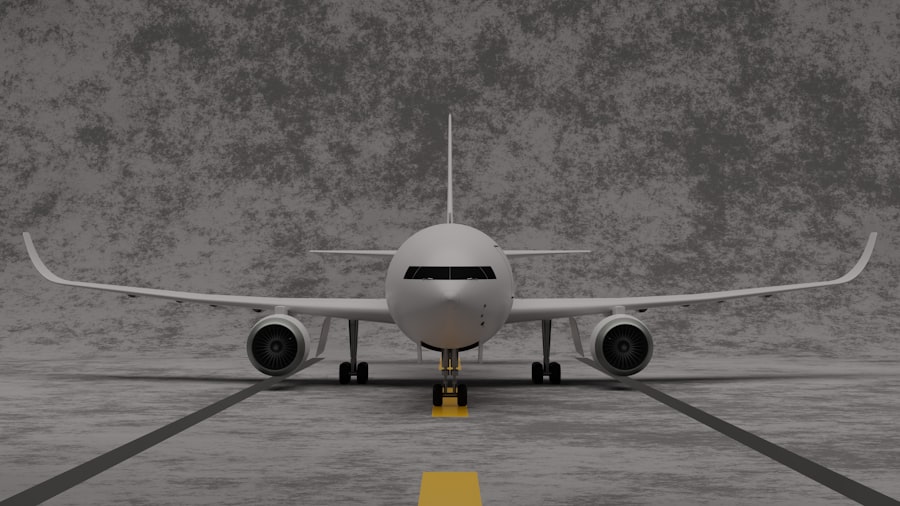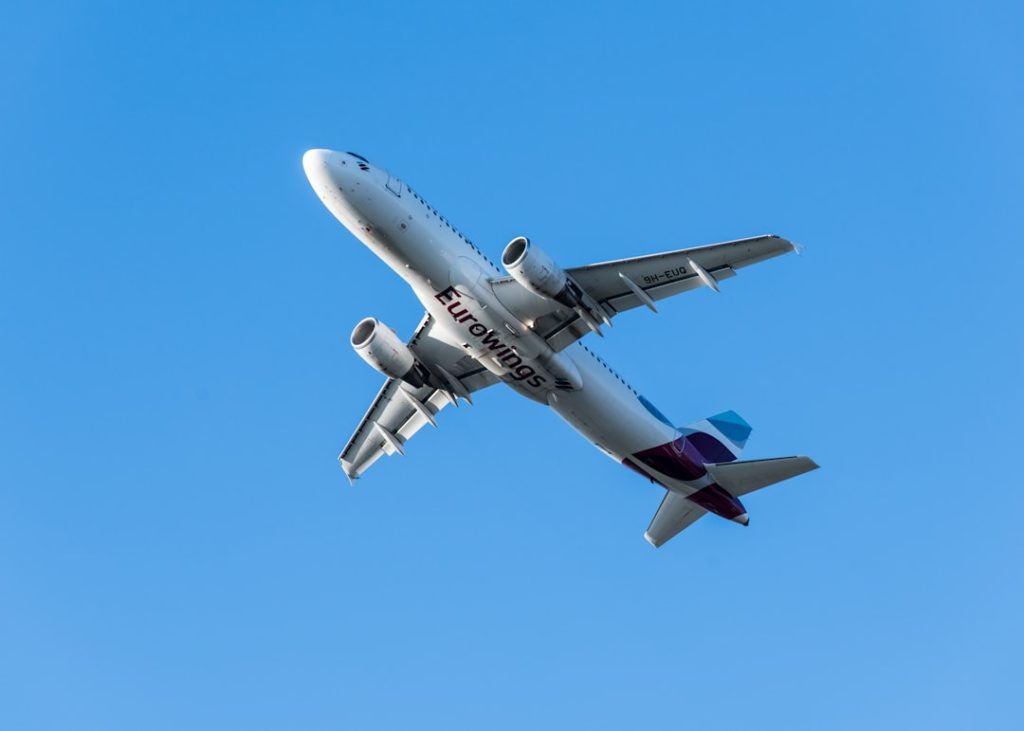Global connectivity in air transport serves as a vital artery for the world economy, facilitating not only the movement of people but also the flow of goods and services across borders. The ability to traverse vast distances in a matter of hours has transformed international relations, commerce, and tourism. Air transport connects remote regions to major urban centers, enabling businesses to access new markets and consumers to experience diverse cultures.
This interconnectedness fosters economic growth, enhances cultural exchange, and promotes global understanding. Moreover, the significance of global connectivity extends beyond mere convenience; it is a catalyst for innovation and collaboration. As businesses expand their reach internationally, they often engage in partnerships that drive technological advancements and improve operational efficiencies.
For instance, the rise of e-commerce has been significantly bolstered by air transport, allowing companies to deliver products swiftly to consumers around the globe. This rapid delivery system not only meets consumer demands but also encourages businesses to innovate in logistics and supply chain management, further enhancing global connectivity.
Key Takeaways
- Global connectivity in air transport is crucial for economic development and international cooperation.
- IATA plays a key role in expanding global connectivity by setting industry standards and advocating for policies that support air transport.
- Challenges in expanding global connectivity include infrastructure limitations and regulatory barriers, but opportunities exist in emerging markets and technological advancements.
- Expanding global connectivity has a significant impact on economic development by facilitating trade, tourism, and investment.
- Sustainable practices, such as fuel-efficient aircraft and carbon offset programs, are essential for responsible expansion of global connectivity in air transport.
The Role of the International Air Transport Association (IATA) in Expanding Global Connectivity
The International Air Transport Association (IATA) plays a pivotal role in promoting and facilitating global connectivity within the air transport sector. Established in 1945, IATA represents approximately 290 airlines worldwide, accounting for over 80% of global air traffic. One of its primary functions is to develop industry standards that enhance safety, security, and efficiency in air travel.
By establishing common protocols and practices, IATA helps streamline operations across different airlines and countries, thereby fostering a more interconnected air transport network. In addition to standardization, IATA actively engages in advocacy efforts aimed at influencing policy decisions that affect air transport. The organization works closely with governments and regulatory bodies to promote policies that support open skies agreements, which allow airlines to operate freely between countries without restrictive regulations.
These agreements are crucial for expanding global connectivity as they enable airlines to offer more routes and competitive pricing, ultimately benefiting consumers and businesses alike. Through its initiatives, IATA not only enhances operational efficiency but also contributes to a more integrated global economy.
Challenges and Opportunities in Expanding Global Connectivity

While the expansion of global connectivity in air transport presents numerous opportunities, it is not without its challenges. One significant hurdle is the regulatory landscape that varies from country to country. Different nations have distinct aviation laws, safety standards, and security protocols, which can complicate international operations for airlines.
Navigating these regulations requires substantial resources and expertise, often leading to delays in service expansion or increased operational costs. Additionally, geopolitical tensions can result in airspace restrictions or bans on certain routes, further complicating the landscape for airlines seeking to expand their networks. Despite these challenges, there are ample opportunities for growth in global connectivity.
The increasing demand for air travel, particularly in emerging markets, presents airlines with the chance to tap into new customer bases. For instance, regions such as Southeast Asia and Africa are experiencing rapid economic growth and a burgeoning middle class eager to travel. Airlines that strategically position themselves to serve these markets can benefit from increased passenger numbers and cargo opportunities.
Furthermore, advancements in technology are paving the way for more efficient operations and enhanced customer experiences, allowing airlines to overcome some of the traditional barriers associated with international travel.
The Impact of Expanding Global Connectivity on Economic Development
| Metrics | Data |
|---|---|
| Internet Penetration Rate | Percentage of population with internet access |
| GDP Growth Rate | Annual percentage increase in a country’s gross domestic product |
| Employment Rate | Percentage of working-age population that is employed |
| Entrepreneurship Index | Measure of the prevalence of start-up activity in a country |
| Trade Volume | Total value of goods and services traded internationally |
The expansion of global connectivity through air transport has profound implications for economic development at both local and national levels. By facilitating trade and tourism, air transport acts as a significant driver of economic activity. For instance, countries that invest in their aviation infrastructure often see a direct correlation with increased foreign direct investment (FDI).
Improved connectivity makes it easier for international businesses to establish operations in new markets, leading to job creation and economic diversification. Moreover, tourism is one of the most visible benefits of enhanced global connectivity. Destinations that are easily accessible by air tend to attract more visitors, which stimulates local economies through spending on accommodation, dining, and entertainment.
For example, countries like Thailand and Spain have leveraged their robust air transport networks to become top tourist destinations, significantly boosting their GDPs through tourism-related activities. The multiplier effect of tourism can lead to improved infrastructure and services that benefit both visitors and residents alike.
Sustainable Practices in Expanding Global Connectivity
As the demand for air travel continues to grow, so does the imperative for sustainable practices within the industry. The aviation sector is under increasing pressure to reduce its carbon footprint and minimize environmental impact while expanding global connectivity. Airlines are exploring various strategies to achieve sustainability goals, including investing in more fuel-efficient aircraft and exploring alternative fuels such as biofuels or hydrogen.
These innovations not only help reduce emissions but also enhance operational efficiency. Additionally, airports are adopting sustainable practices by implementing green building standards and investing in renewable energy sources. For instance, several airports around the world have begun utilizing solar panels to power their operations or have implemented waste reduction programs aimed at minimizing landfill contributions.
By prioritizing sustainability in their operations, both airlines and airports can contribute to a greener future while still meeting the growing demand for air travel.
The Future of Global Connectivity in Air Transport

Looking ahead, the future of global connectivity in air transport is poised for transformation driven by technological advancements and changing consumer preferences. The rise of digitalization is reshaping how airlines operate and interact with customers. Innovations such as artificial intelligence (AI) and big data analytics are enabling airlines to optimize flight schedules, improve customer service, and enhance operational efficiency.
For example, AI-powered chatbots are increasingly being used to assist passengers with inquiries and bookings, streamlining the customer experience. Furthermore, the emergence of electric aircraft holds promise for revolutionizing regional travel by offering a more sustainable alternative to traditional jet fuel-powered planes. As battery technology continues to advance, electric aircraft could become a viable option for short-haul flights, reducing emissions and operating costs significantly.
This shift could lead to an increase in regional connectivity as airlines explore new routes that were previously economically unfeasible.
Collaboration and Partnerships in Expanding Global Connectivity
Collaboration among stakeholders is essential for expanding global connectivity in air transport effectively. Airlines often form alliances or partnerships that allow them to offer passengers a broader range of destinations while sharing resources and expertise. For instance, major airline alliances such as Star Alliance or Oneworld enable member airlines to coordinate schedules, share lounges, and provide seamless travel experiences for passengers across different carriers.
Moreover, partnerships between airlines and airports can enhance operational efficiency and improve passenger experiences. Collaborative efforts can lead to better airport infrastructure development or joint marketing initiatives aimed at attracting more travelers to specific regions. By working together, stakeholders can create a more integrated air transport network that benefits all parties involved while expanding global connectivity.
The Role of Technology in Expanding Global Connectivity
Technology is at the forefront of expanding global connectivity in air transport, driving innovations that enhance efficiency and improve passenger experiences. Advanced booking systems powered by artificial intelligence allow airlines to analyze consumer behavior and tailor offerings accordingly. This personalization not only improves customer satisfaction but also increases revenue opportunities for airlines.
Additionally, advancements in communication technology have transformed how airlines manage operations and interact with passengers. Real-time data sharing enables airlines to respond swiftly to disruptions or changes in flight schedules, ensuring that passengers are kept informed throughout their journey. Furthermore, biometric technologies are being implemented at airports to streamline security processes and reduce wait times for travelers.
As technology continues to evolve, its role in enhancing global connectivity will only become more pronounced, shaping the future landscape of air transport. In summary, global connectivity through air transport is a multifaceted issue that encompasses economic development, sustainability practices, technological advancements, and collaborative efforts among stakeholders. As we look toward the future, it is clear that the aviation industry must navigate challenges while seizing opportunities to create a more interconnected world.


